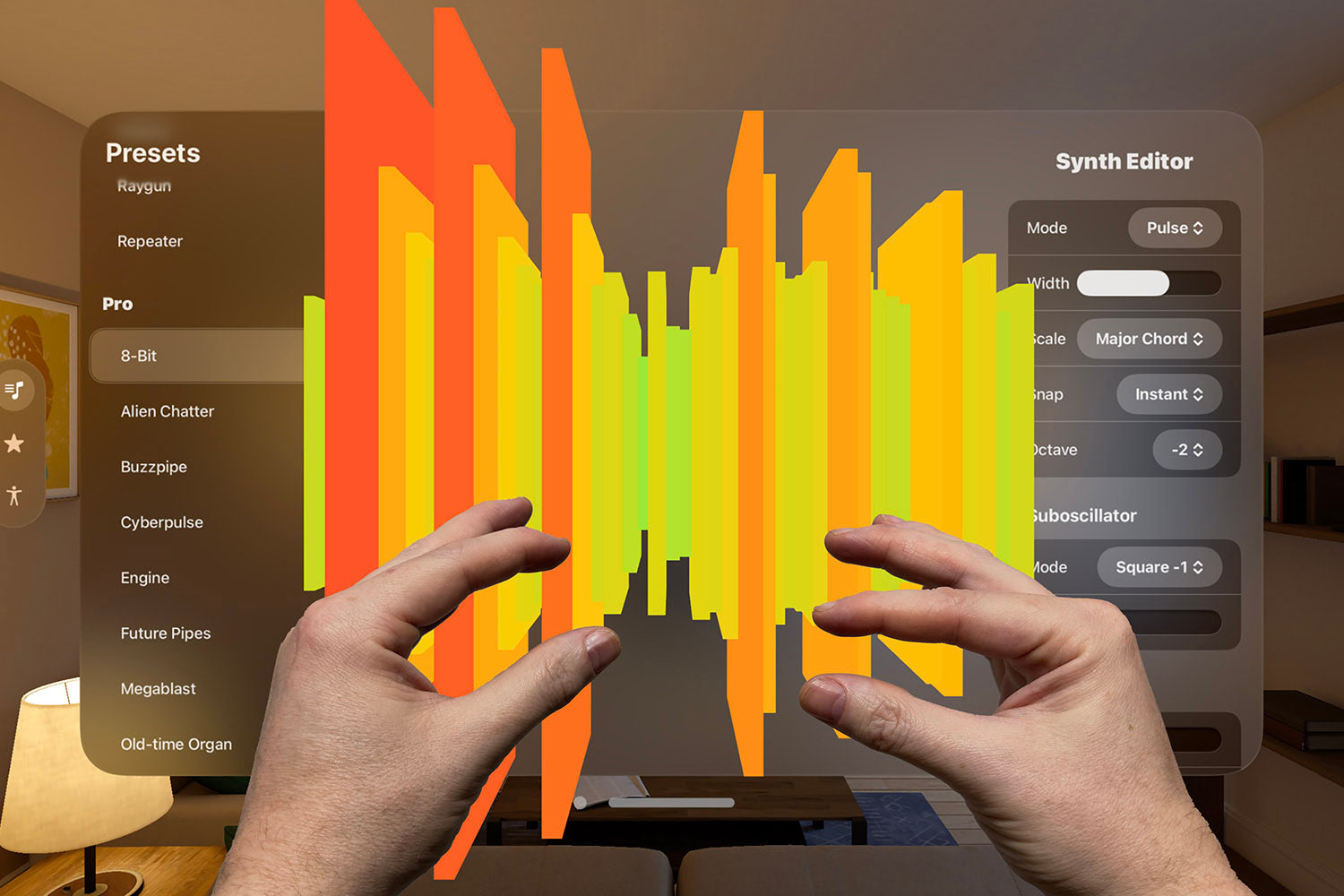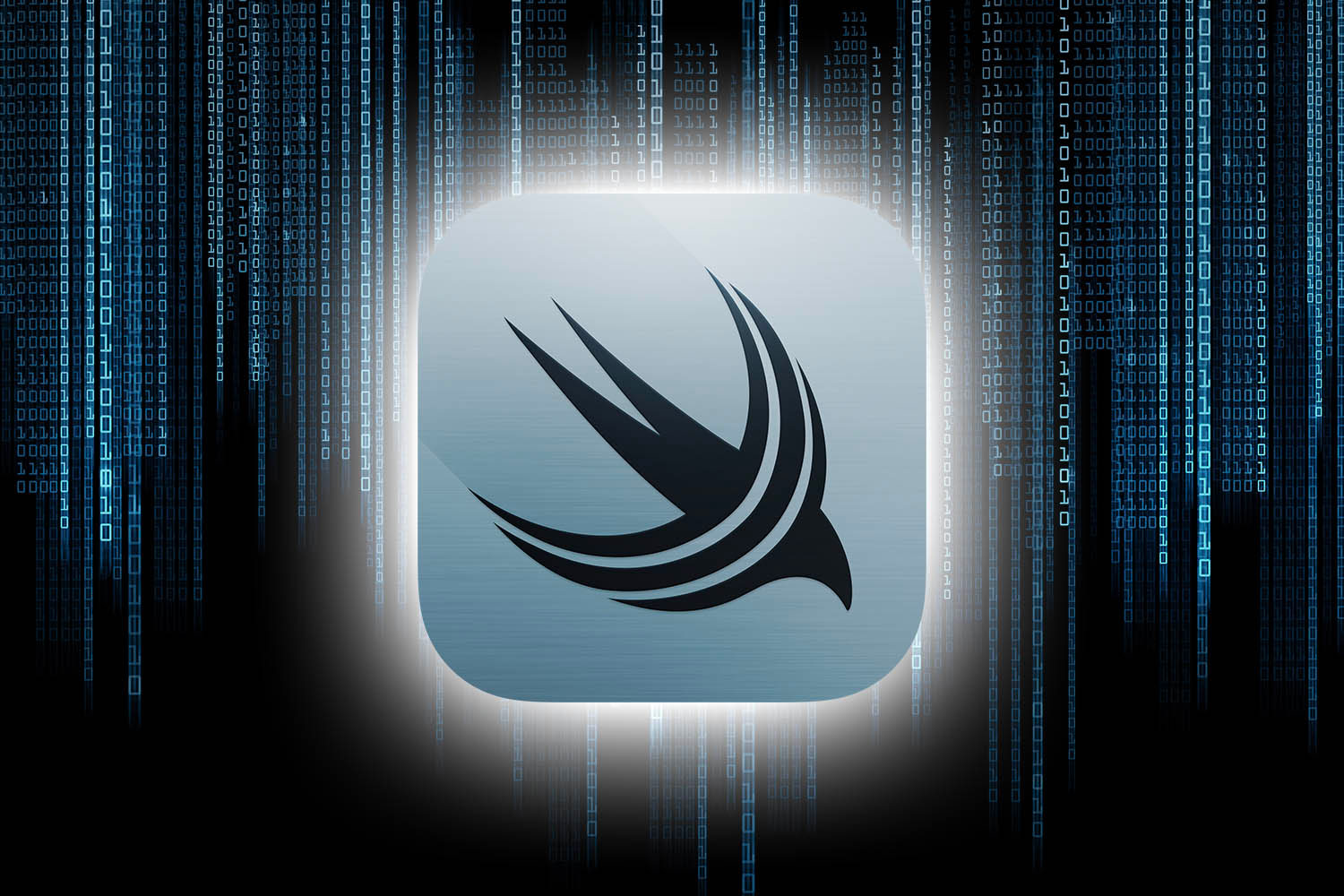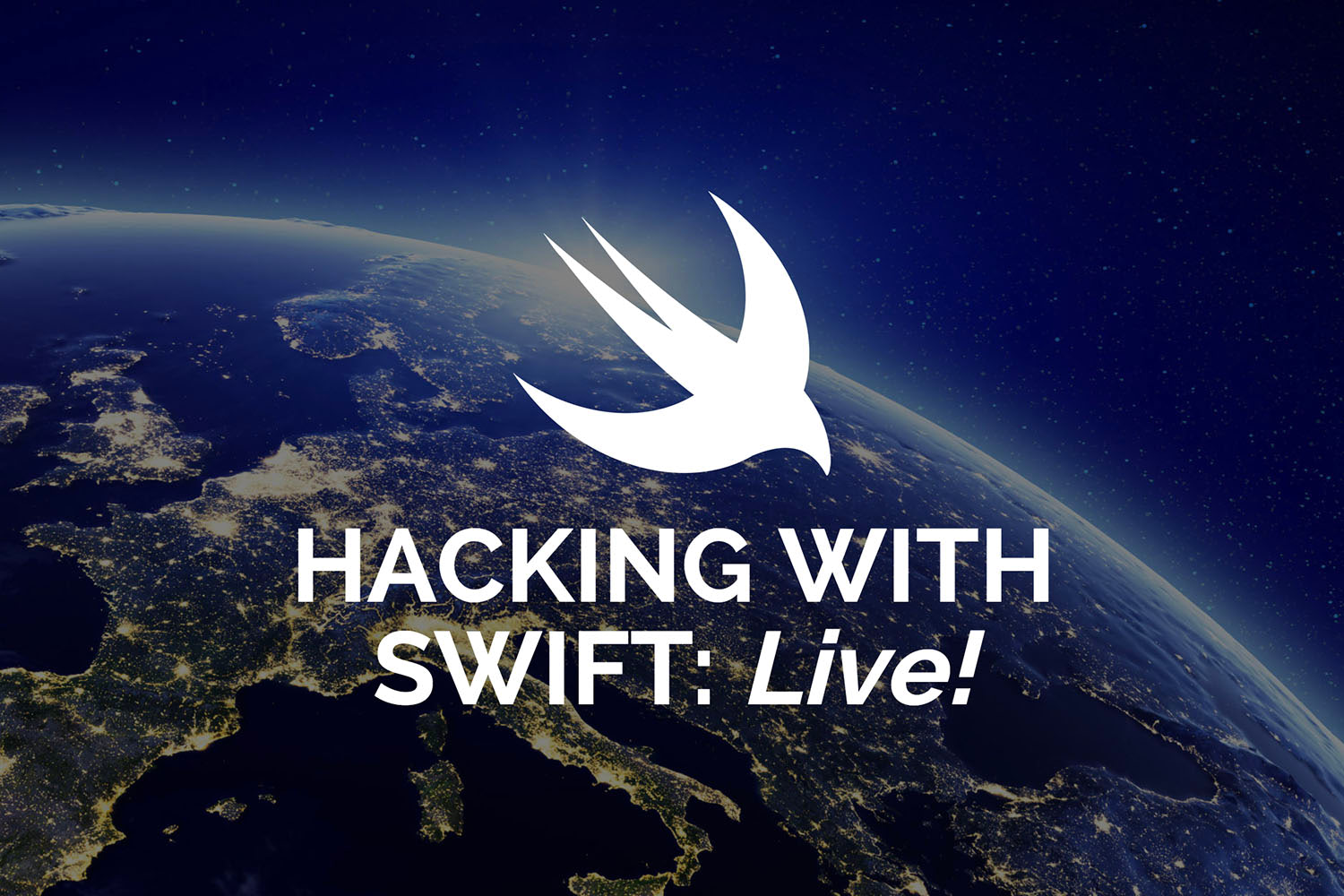Swift 5.0 is changing optional try
…and it could break your code.

The Swift team have worked hard to maintain source compatibility since Swift 3.0, but Swift 5.0 is bringing with it one important change that is guaranteed to break some projects: the way try? handles optionals is changing.
SE-0230 modifies the way try? works so that nested optionals are flattened to become regular optionals. This makes it work the same way as optional chaining and conditional typecasts, both of which flatten optionals in earlier Swift versions.
Here’s a practical example that demonstrates the change:
struct User {
var id: Int
init?(id: Int) {
if id < 1 {
return nil
}
self.id = id
}
func getMessages() throws -> String {
// complicated code here
return "No messages"
}
}
let user = User(id: 1)
let messages = try? user?.getMessages()The User struct has a failable initializer, because we want to make sure folks create users with a valid ID. The getMessages() method would in theory contain some sort of complicated code to get a list of all the messages for the user, so it’s marked as throws; I’ve made it return a fixed string so the code compiles.
The key line is the last one: because the user is optional it uses optional chaining, and because getMessages() can throw it uses try? to convert the throwing method into an optional, so we end up with a nested optional. In Swift 4.2 and earlier this would make messages a String?? – an optional optional string – but in Swift 5.0 and later try? won’t wrap values in an optional if they are already optional, so messages will just be a String?.
This new behavior matches the existing behavior of optional chaining and conditional typecasting. That is, you could use optional chaining a dozen times in a single line of code if you wanted, but you wouldn’t end up with 12 nested optionals. Similarly, if you used optional chaining with as?, you would still end up with only one level of optionality, because that’s usually what you want.
Even though this is a breaking change, the team worked hard to outline why it was worth doing:
- Most folks are explicitly flattening the optional by hand right now, so it wouldn’t break their code as much as make it partly redundant.
- This brings
try?in line withas?and optional chaining, making the language more consistent. - Automated migration can help move folks across if the change breaks their code.
It’s really great to see the developers working so hard to figure out what code might break and mitigate problems as best as possible.
TAKE YOUR SKILLS TO THE NEXT LEVEL If you like Hacking with Swift, you'll love Hacking with Swift+ – it's my premium service where you can learn advanced Swift and SwiftUI, functional programming, algorithms, and more. Plus it comes with stacks of benefits, including monthly live streams, downloadable projects, a 20% discount on all books, and free gifts!
Sponsor Hacking with Swift and reach the world's largest Swift community!



























